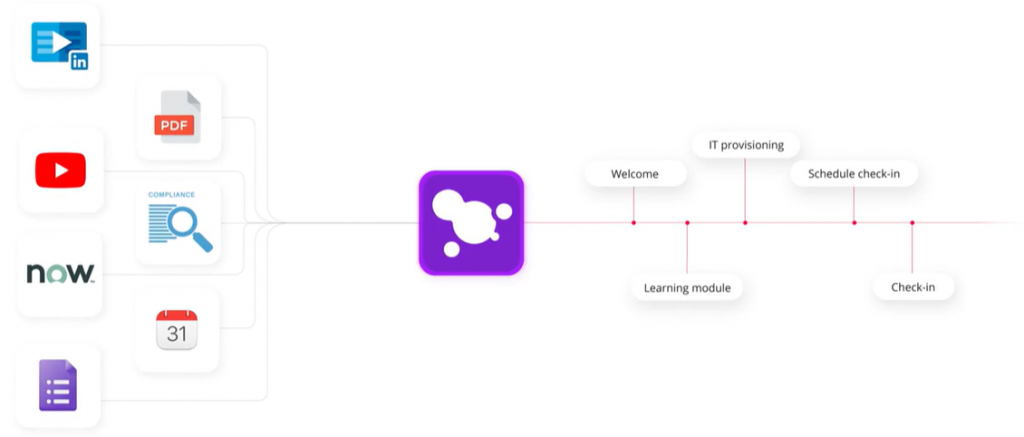The Great Resignation marks a post-pandemic event that has caused sleepless nights and hair-pulling days for HR personnel the world over. Businesses reopened and positions suddenly needed filling because employees were quitting their jobs for all sorts of reasons.
However, the events of the last two years represent a chance for employers to think back on how their own businesses have fared. This includes reflecting on what can be improved for their employees, old and new.
Originally coined by Anthony Klotz, an associate professor of management at Texas A&M University, the Great Resignation is an employees’ exodus. Klotz noted that the pandemic had caused a lot of “pent-up resignations,” to put it mildly.
With the pandemic bringing uncertainty, people were more inclined to stay put. But, as they adjusted to the ‘new normal’, Klotz said, epiphanies about work-life balance, personal growth, and the workplace revolution caused by the pandemic, have multiplied the number of so-called “pent-up resignations.”
According to a recent industry survey, 48% of the workforce in the Asia-Pacific region is looking at switching jobs. Of those polled aged 18 to 34, over 60% indicated they are thinking about switching jobs this year.
The most common reason for a career switch in the 18- to 34-year-old age group is a lack of growth, learning, or development opportunities. More than half of the respondents indicated these factors as the driving forces behind their career switch. Other reasons included salary and wellbeing, with salary standing as the only key priority for those aged 55 and above.
Opportunity in adversity?
With the hiring scene turning into an employees’ market, questions as to why the Great Resignation is happening have to be addressed. The onus is now on the employer to figure out why employees are calling it quits, and what the business can do to change.
Over the past few years, plenty of research has shown that happy employees improve businesses and a contented workforce reduces staff turnover.
There are employees who have already taken the opportunity, during the pandemic, to reskill or upskill. That empowers employees to negotiate for higher pay, or to speak to employers about a promotion with their improved skillsets or cross-train for a lateral shift in the organization. Otherwise, the implication is that new skills might come in handy for a better job as the employee considers taking part in the Great Resignation – and many have done just that.
For employers who have managed to bring on new hires during this HR nightmare, new employees need to be welcomed to their new working environment. This involves a proper onboarding process, with new hires being provided the information they need to be quickly integrated into the workforce.
Onboarding was already an important process in 2018 when a study showed people who experienced an effective onboarding process were 18 times more likely to feel highly committed to their organization. Despite the importance of effective onboarding proven, there are many businesses that still do not consider the experiences of new staff.

Enboarder
Rather than being an extra cost, proper onboarding can actually provide a faster return on investment for each employee, beginning from the first day of work.
By using technology to ensure consistent onboarding processes where everything is taken care of just-in-time, new employees can arrive on day one with all equipment and logins standing by, so they can focus on getting up to speed.
In the wake of the COVID-19 pandemic and the new normal, where remote working and hybrid work schedules have surged, onboarding has become an even more important part of introducing new staff to the company.
Onboarding done right
The process of onboarding new staff serves as a second “first-impression moment,” considering this is when new hires are exposed to the inner workings of the business after their initial interview(s). This, in turn, leads to the next nightmare for employers and their HR departments: actually onboarding the new hires.
HR needs to start re-engineering its onboarding to ensure candidates who say “yes” to a job offer today actually show up on day one. According to Forbes, this is especially important for small HR teams that can’t afford bumps in the road.
While it is indeed possible for all of this to be done in-house, there are a number of platforms we’ve come across, such as Enboarder, that can take the burden off the company by ensuring a smooth, personalized onboarding program and activating new hires.
“The way you bring someone into a company can have a profound impact on employee retention and customer satisfaction,” said Brent Pearson, the founder and CEO of Enboarder, a “People Activation” platform.
Enboarder goes over and above simple onboarding of new employees. Its easy-to-use platform starts the process before day one of a new job’s start, helping to onboard staff from the time the ink dries on a new contract. New hires are given just the information they need, as they need it, and can be gradually taken through all the processes around a new role. This includes, computer system privileges, filling out necessary paperwork, meeting new colleagues, acclimatizing to office (and remote working) culture. Onboarding becomes not a chore, but a positive experience, as Brent told us:
“We’re living in an experience era and yet we welcome new hires with a process. Employees have all the power today and place a premium on experience. Employers need to adapt to thrive, and that’s what we’re focused on at Enboarder,” added Pearson.
To learn more about using Enboarder in your own organization, and to find out about creating employee experiences that set the new hire on the road to success, click through here to begin your journey.









